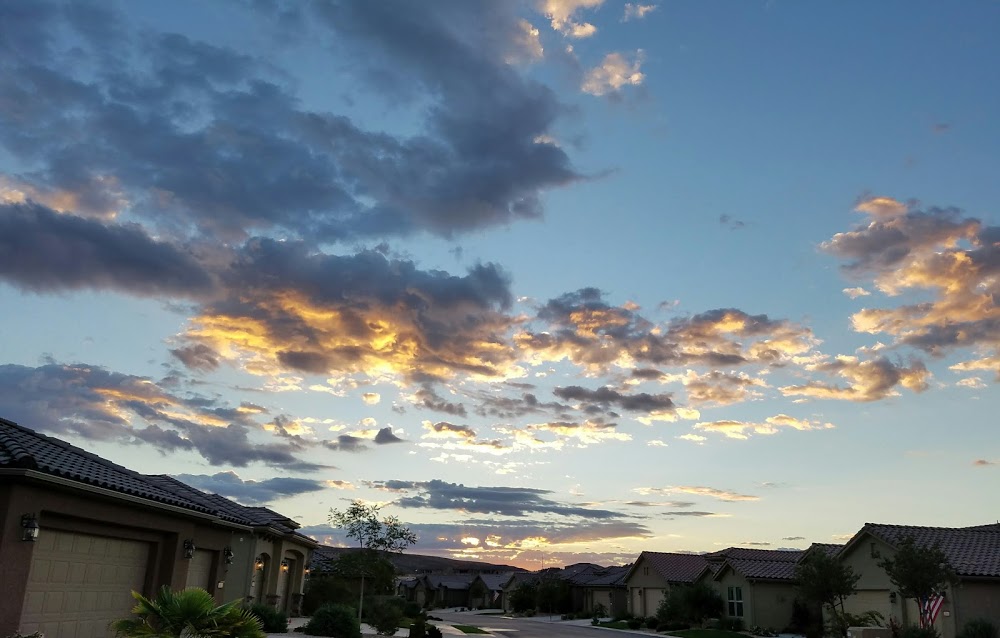OK. I’m not the poet my cousin Bonnie was, but I have dabbled in versification since I could put together sentences. I have a couple examples that I wrote in 4th grade, I think. (I’ll share those at another time.) The poems I want to share now are ones I wrote WITH my seventh-grade students W-A-A-A-Y back in the ’90s.
Starting after Thanksgiving, we created “formula” poems – verses that follow “a set pattern of instructions.” For example, Haiku is a formula poem. Not everyone favors this kind of poetry, but I always enjoyed it because I was often surprised with the end result. I think these endeavors require writers to precisely choose the perfect word with the right number of syllables and still create lines of magic. I’m not saying my efforts achieve that, but some came close. And many of my students surprised themselves, too.
After playing with poetry for a week, we chose our favorite originals and constructed books to present as Christmas presents to people who love poetry or us. The first time I assigned this project was pre-computer/writing lab days, and so we handwrote our poems and created our own “clip art.” Knowing that talented poets may not be talented artists, I brought in magazines to aid the “old-school” version of “cut and paste!”
 I didn’t want to be a teacher who could “dish it out, but couldn’t take it,” so I always worked on the same assignments I gave to my students. The “hand-crafted” book I created that year remains my favorite. There is something about a handwritten work that makes it a bit more intimate, even if the subject isn’t necessarily personal. Rather than type up the poems from my bookLET WinterScape, I scanned them so my dear readers can feel that personal touch of which I speak! (OK, you can stop snickering!)
I didn’t want to be a teacher who could “dish it out, but couldn’t take it,” so I always worked on the same assignments I gave to my students. The “hand-crafted” book I created that year remains my favorite. There is something about a handwritten work that makes it a bit more intimate, even if the subject isn’t necessarily personal. Rather than type up the poems from my bookLET WinterScape, I scanned them so my dear readers can feel that personal touch of which I speak! (OK, you can stop snickering!)
I found this illustration in a magazine and loved it . I have NO idea what it was advertising, but I want to credit that anonymous ad-man/woman for inspiring the theme AND the title for my little book.

This is my favorite! “The Guardian” is called a “concrete” poem, and the first line starts near the brim of the hat:: “A black silk stovepipe hat sits atop the snowman’s fat face.” Can you wind your way around the rest of the verse?

Each of these two 5-line poems are examples of a “cinquain.” Requirements demand that a certain number of nouns, ajectives, gerunds, and synonyms combine to create succinct verses!

While nearly every student in the world knows Haiku, the ancient formula poem is difficult to create. Traditionally, the subject involves nature, but the commentary is also profound – don’t look for that in these efforts!
The “diamante” asks the poet to create 5 lines of adjectives, nouns, and gerunds that move from general to specific!

“Winter Ready!” is a “list” poem. My poem was inspired by a scene from every kid’s life! To introduce list poems, I played songs that featured lyrics of lists. Billy Joel’s “We Didn’t Start the Fire” and Faith Hill’s “This Kiss” are two examples.
Well, I think that’s it. I know I should have posted this in January and my January Valentine post tonight, but I’ve learned that you go with what you’ve got when blogging becomes part of your life. Still, I wish you all a wonderful Valentine’s Day.
 Unlike the East, we here in Utah missed out on a WHITE Christmas, but 2010 is exiting on the Polar Express! All this powder – “IT’S SO FLUFFY!” – reminded me that I did NOT post the Christmas poems I wrote with my 7th graders back in the mid-90s.
Unlike the East, we here in Utah missed out on a WHITE Christmas, but 2010 is exiting on the Polar Express! All this powder – “IT’S SO FLUFFY!” – reminded me that I did NOT post the Christmas poems I wrote with my 7th graders back in the mid-90s. my Winterscape collection has been this blog’s most visited post, I decided to share the others that make up the 11-poem booklet. Remember, these are simplistic in nature AND written by an amateur poet!
my Winterscape collection has been this blog’s most visited post, I decided to share the others that make up the 11-poem booklet. Remember, these are simplistic in nature AND written by an amateur poet!







